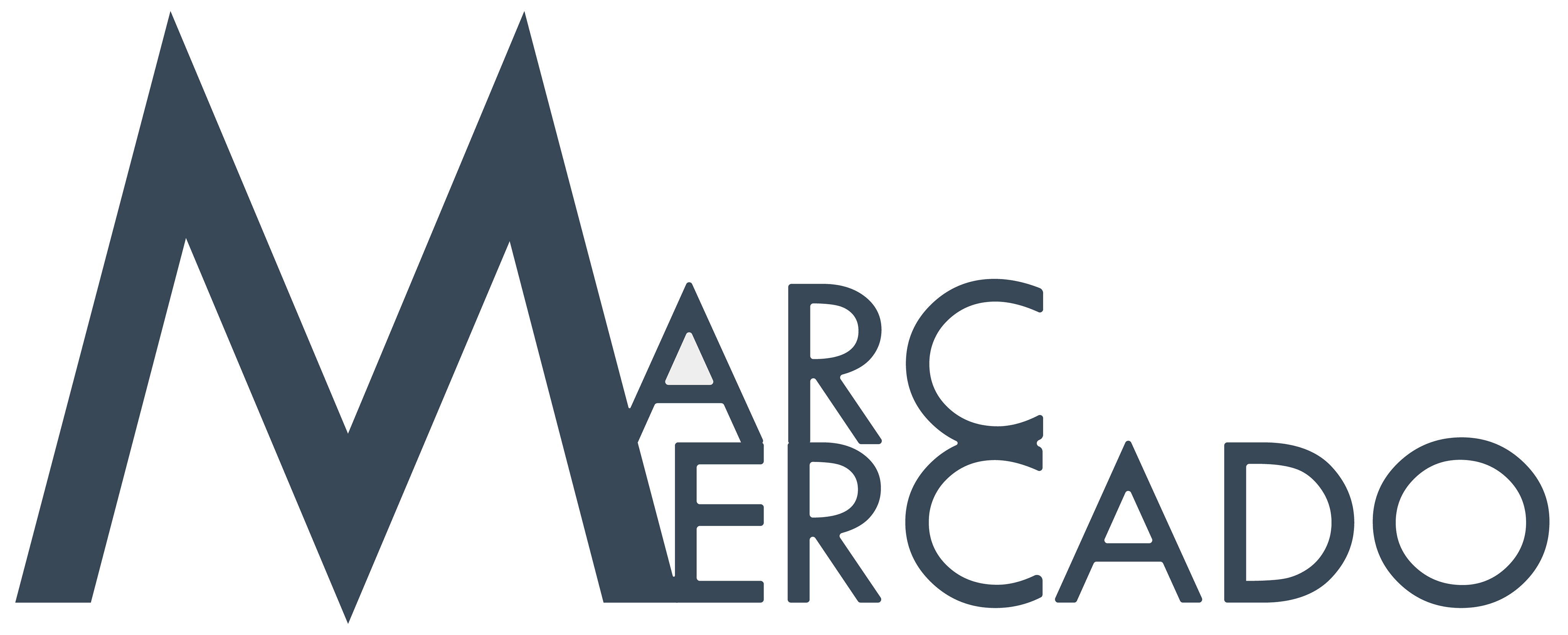Case studies
Looking in the Mirror: A Moment to Reflect... Workshop
Drug abuse is a relevant problem that affects students on campus throughout their lifetime. The approach to preventing drug abuse uses a dated fear mongering tactic that fails to consider the relationship at play and why drug abuse transpires.
Project Title: Looking in the Mirror: A Moment to Self Reflect on Drug Consumption
Duration: Semester long project
Problem: Drug abuse prevention uses fear mongering tactics that are dated and don’t focus on the root of the problem.
Your role: Design an online interactive workshop that uses a holistic approach to understanding drug abuse and allows users to reflect on the “why?”.
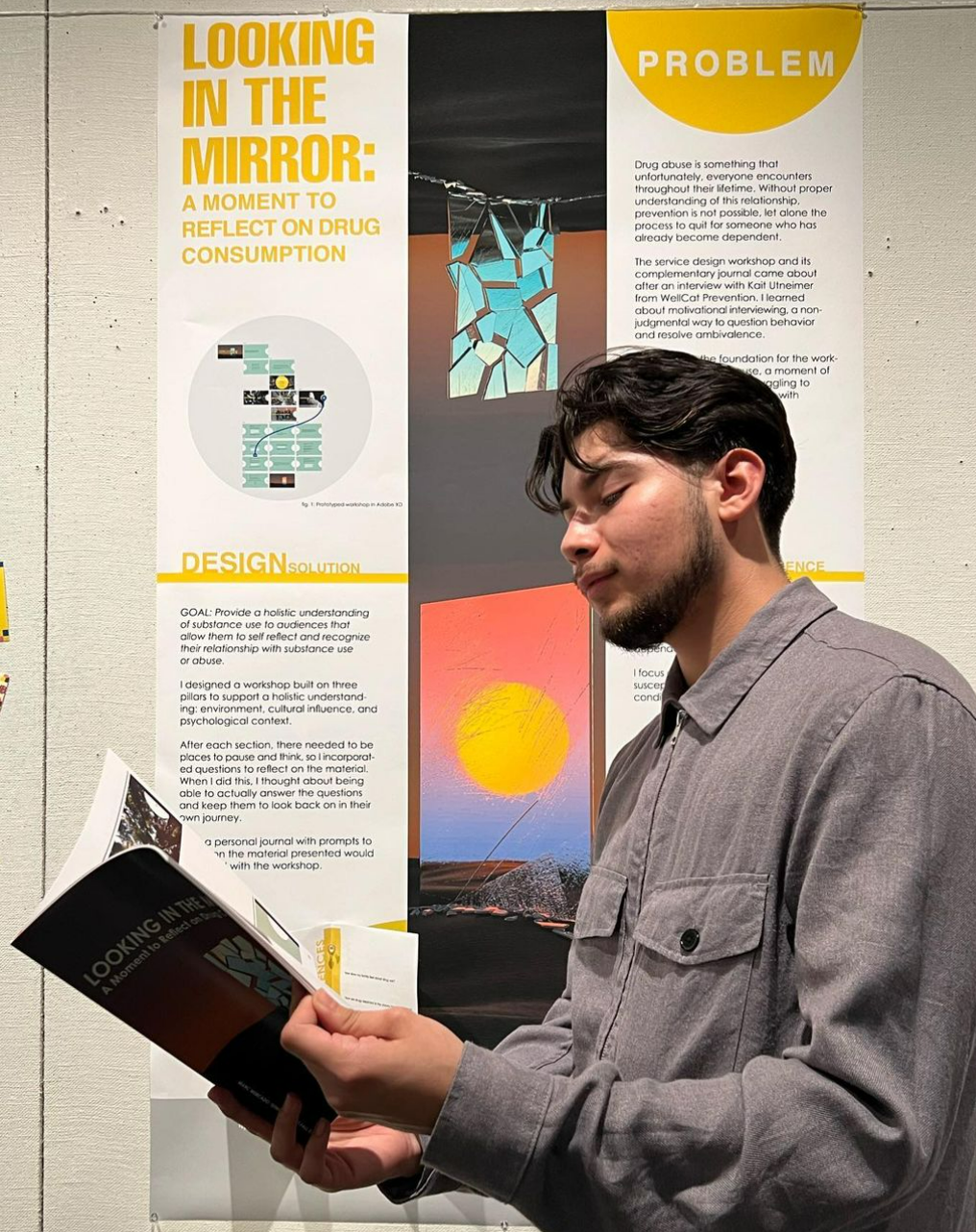
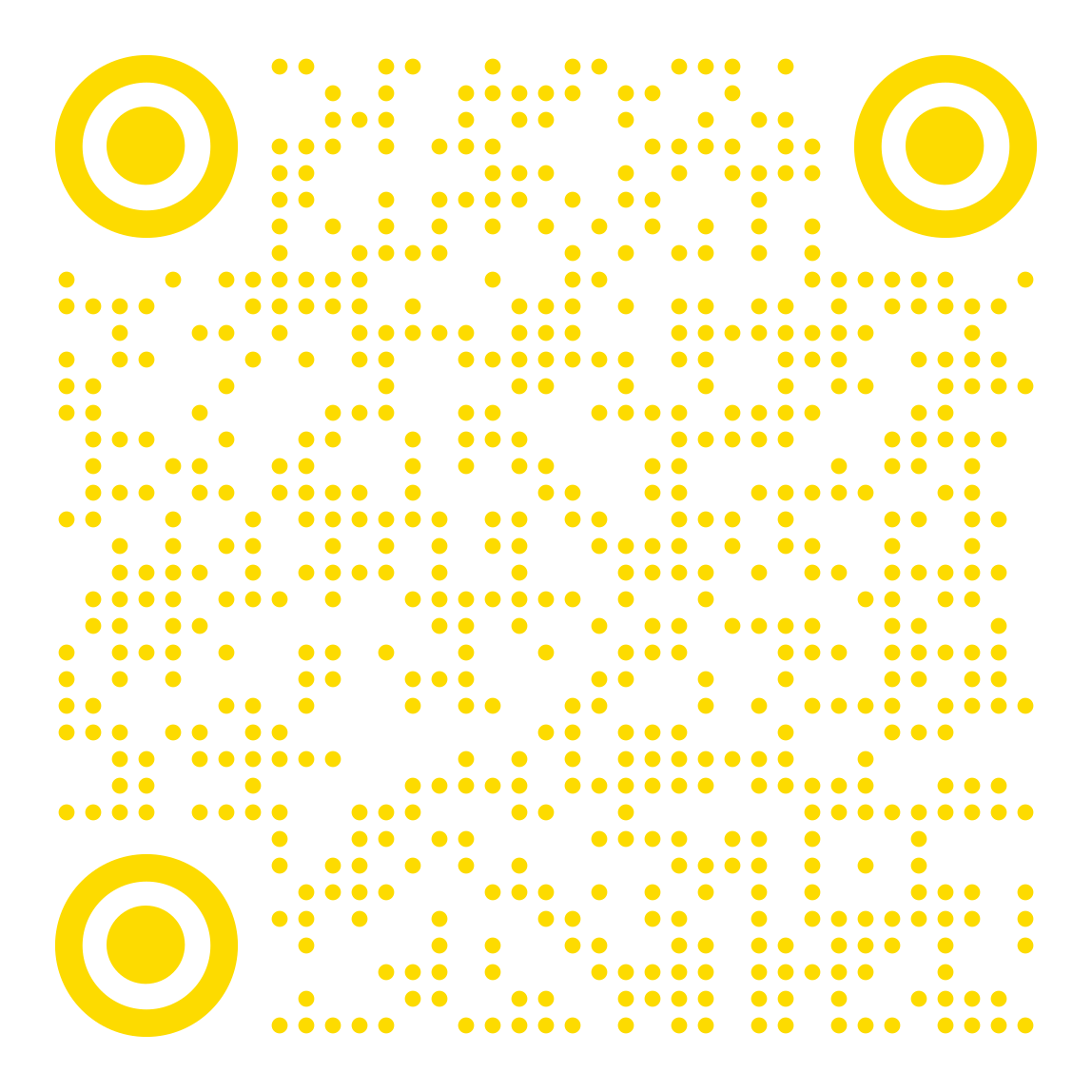
QR Codes
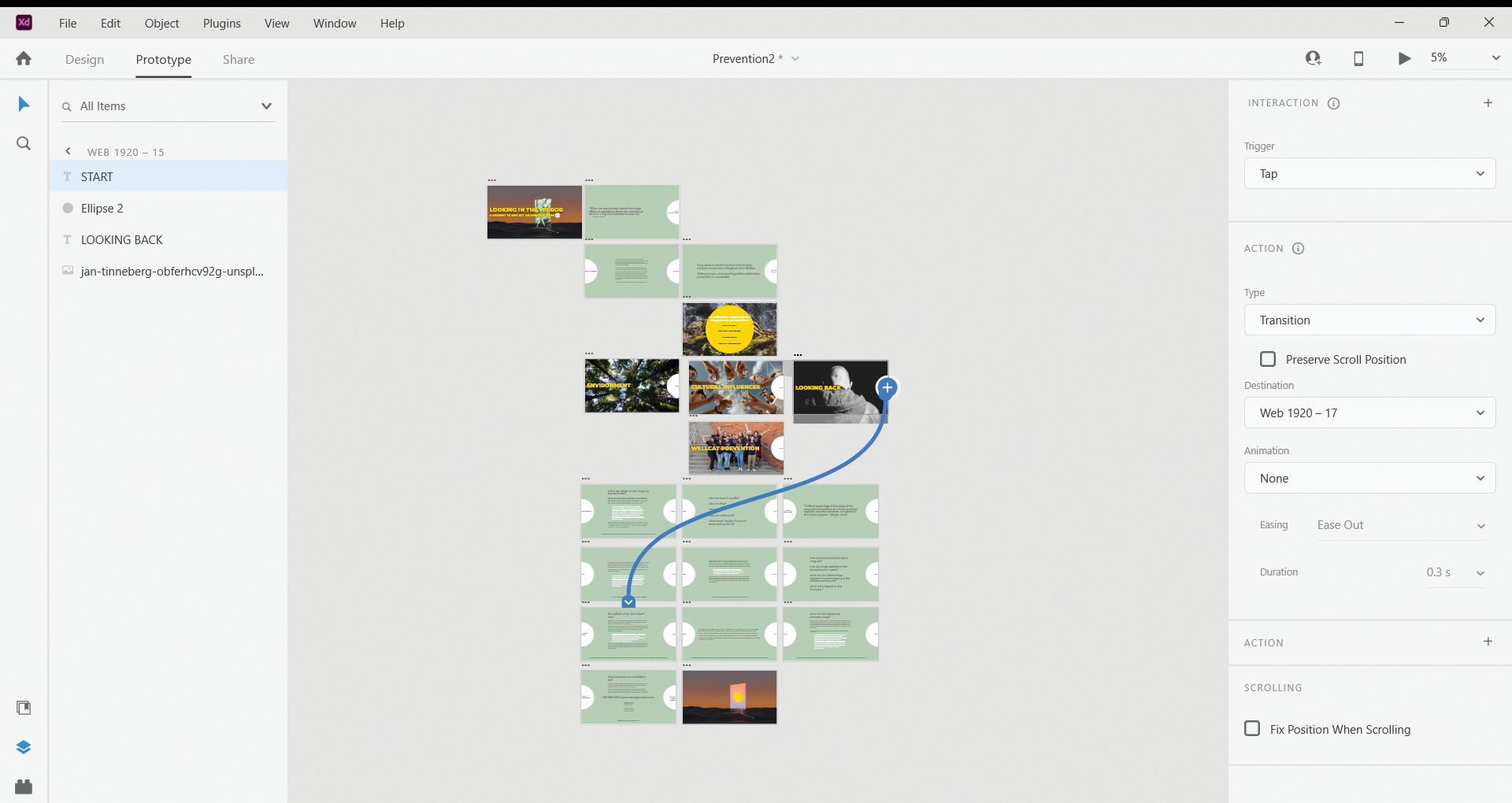
Adobe XD prototype
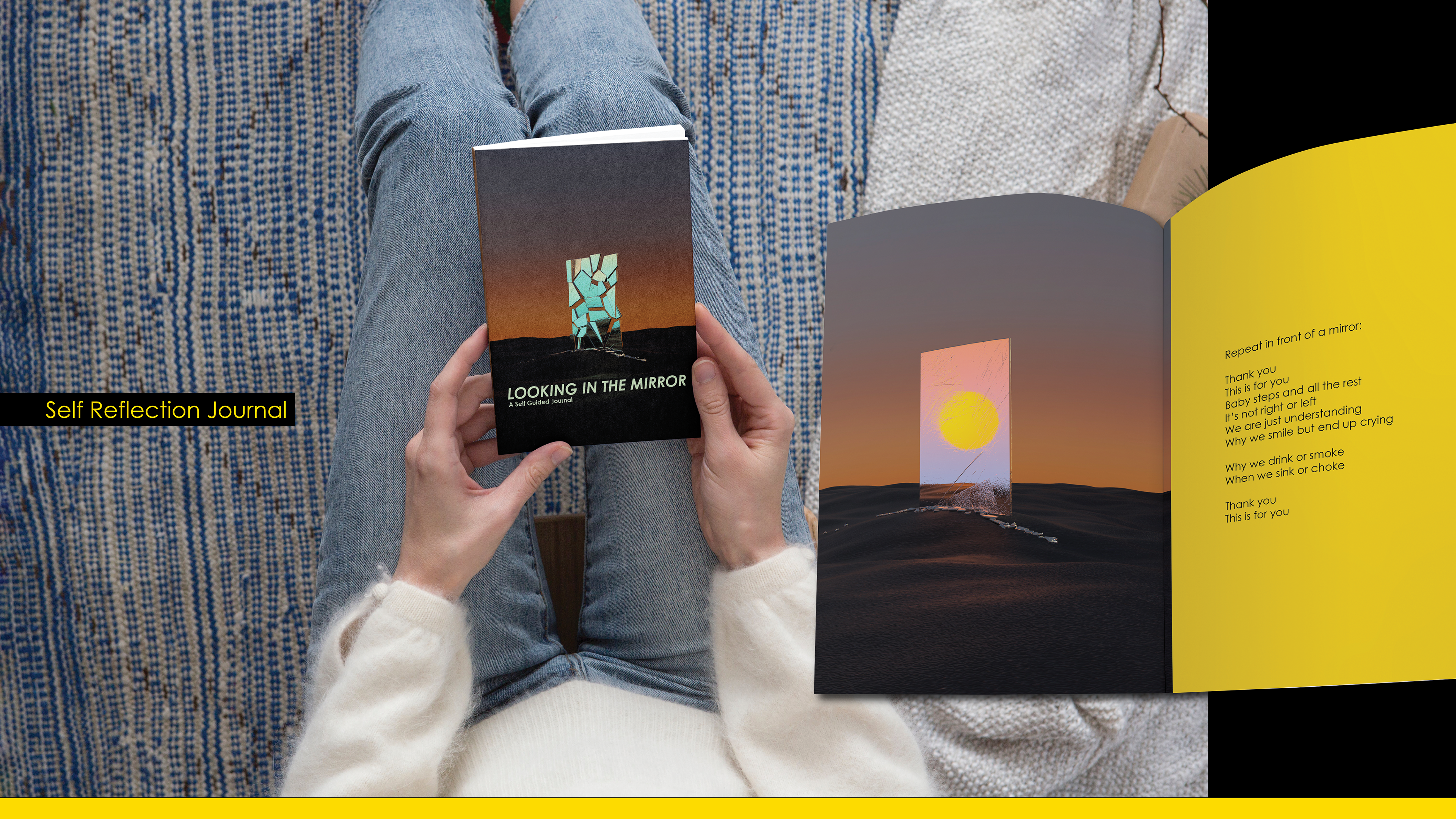
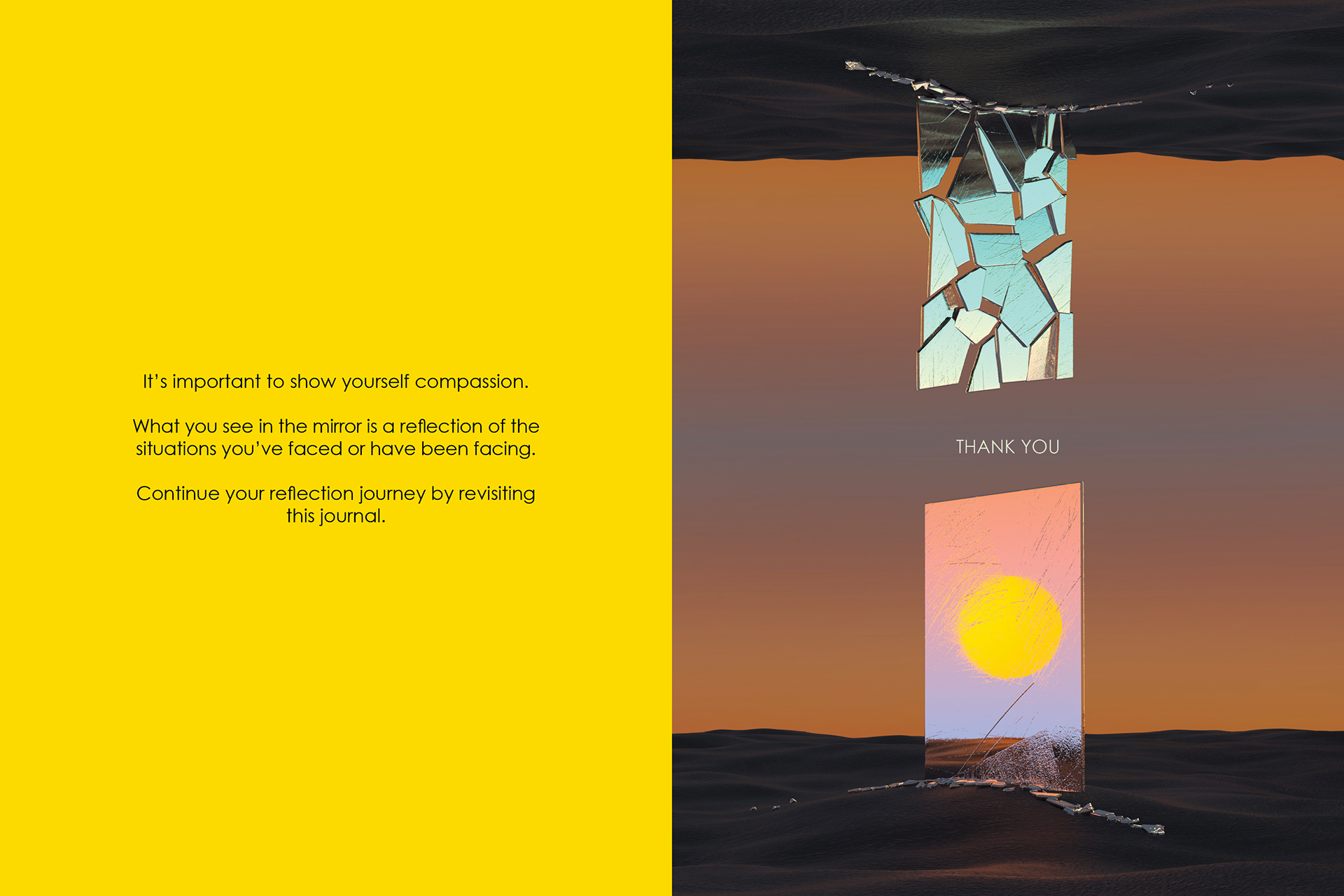

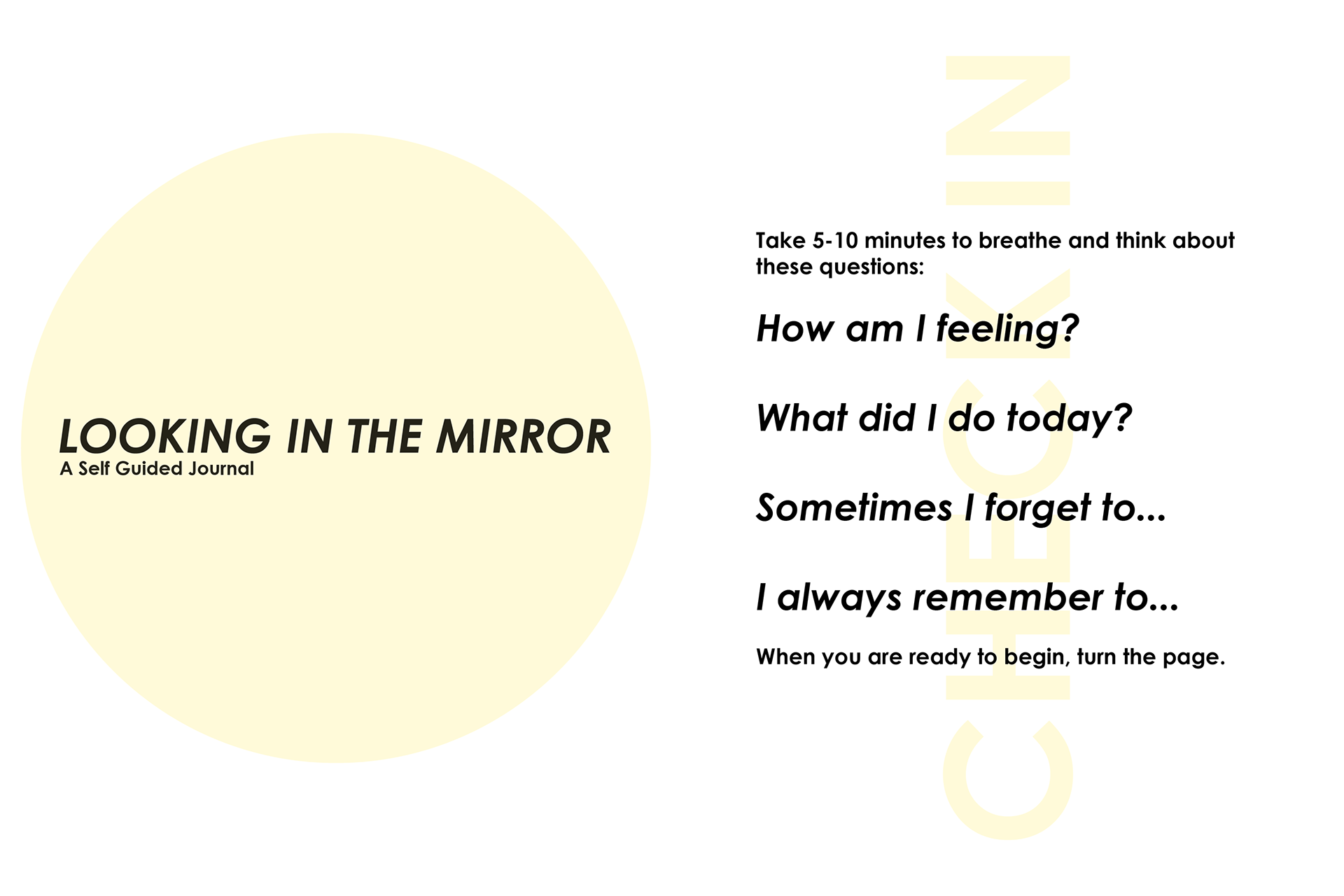
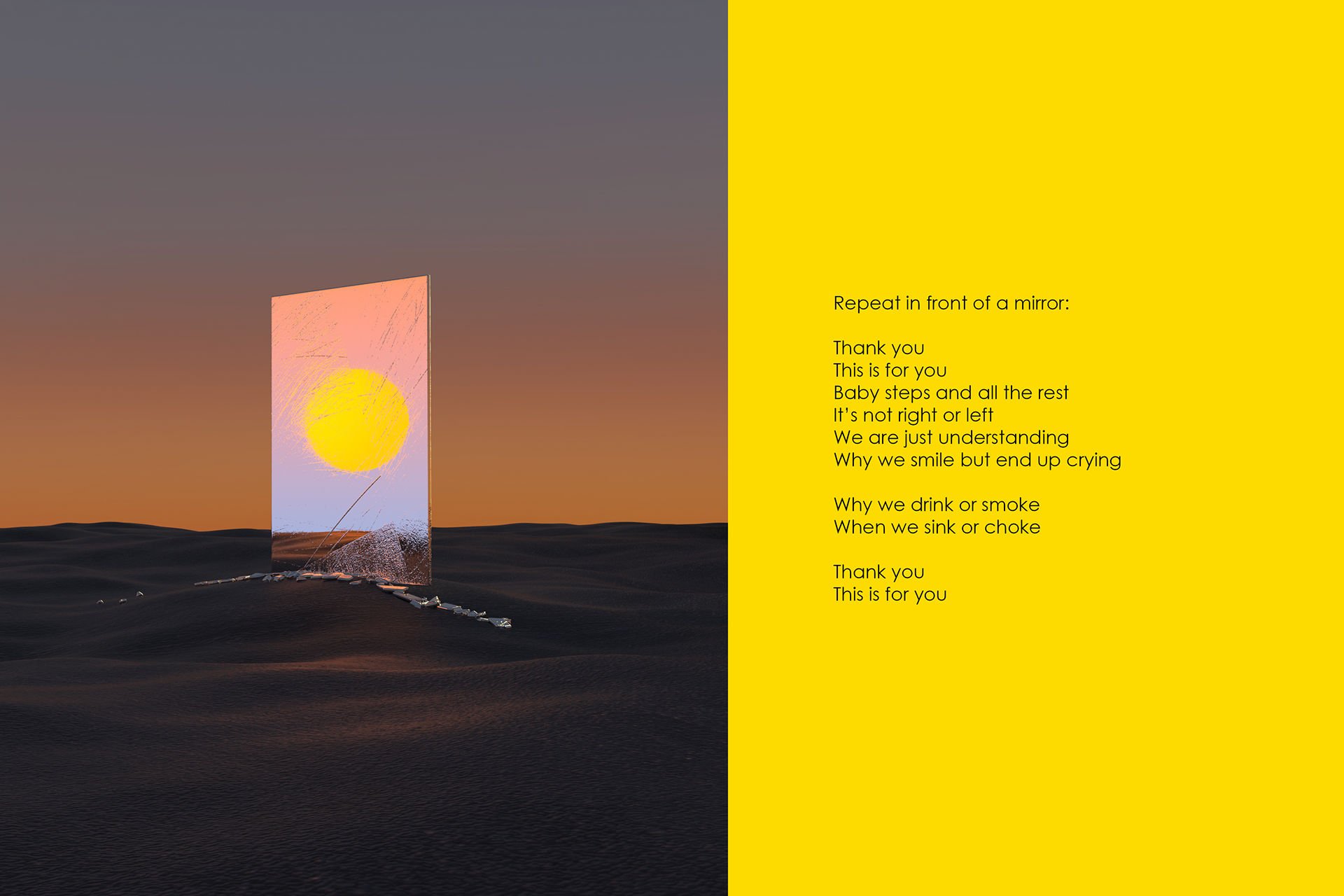
Solution: Online workshop supported by three pillars of holistic understanding: environmental influence, cultural influence, and psychological factors. To provide moments to reflect, this workshop asks participants to write down what they learned and to answer some questions that guide their journey to understanding their relationship with drugs. The workshop has a self reflection journal where participants can write down their feelings, experiences, and answer questions to then be able to look back at their journey.
Research: Inside the process book for this project is an annotated bibliography containing articles and references from books that contribute to a broad understanding of drug use and/or abuse. I also interviewed the Senior Program Coordinator of the WellCat Substance Abuse Prevention Education, Kait Utnehmer. With this interview came different resources for drug abuse prevention and other, more beneficial approaches to prevention.
Challenges: I was not sure if a workshop was enough so I struggled with ideas on how to expand this idea. Another challenge I faced was how to condense the information so as to not overwhelm the participants.
Learnings: I learned more about the WellCat Substance Abuse Prevention program and about how my desire to create stems from wanting to look inward to solve issues that we face outside of ourselves.
case studies
Find Your Community Program
Project Title: Find Your Community
Duration: Semester long project
Problem: Student retention (pertaining to the rate of graduation for students who enroll as a freshman and graduate in their degree) is decreasing at Chico State, what can we do to improve these rates? Student retention may dictate graduation rates at universities, tuition revenue, and funding for colleges and programs within the university.
Team: Alexis Klimpfinger, Angela Arguelles, Marc Mercado, Robin Gruer
Your role: We shared leadership roles within our group, but I began to delegate more, check in with and set standards for our team meetings as the project progressed. I invited the idea of using Chico State’s identity guide for our deliverables. I helped ideate, provided direction, worked on our service design blueprint, worked on our journey map, worked on our personas, and I acted in and helped edit our videos.

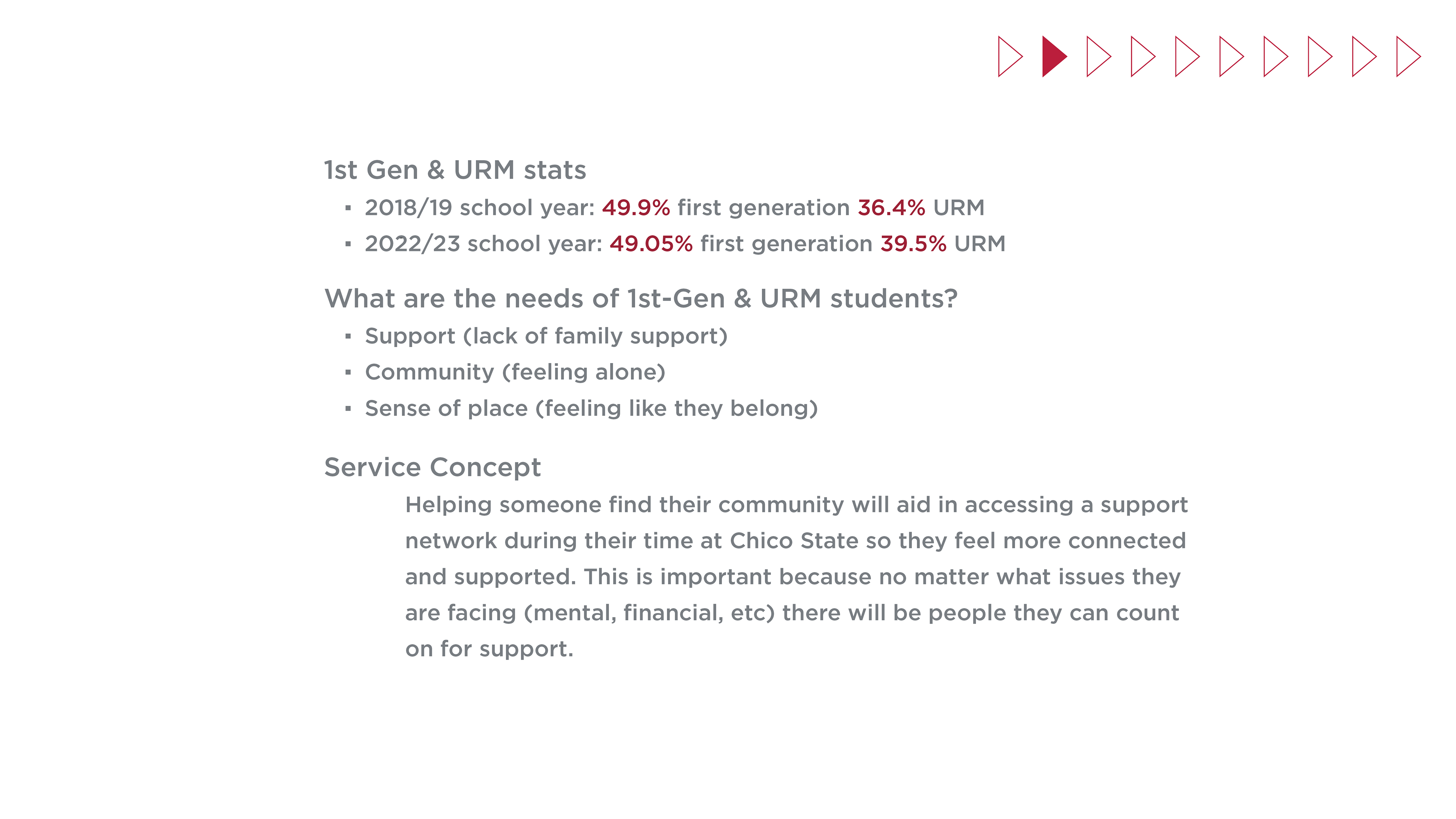
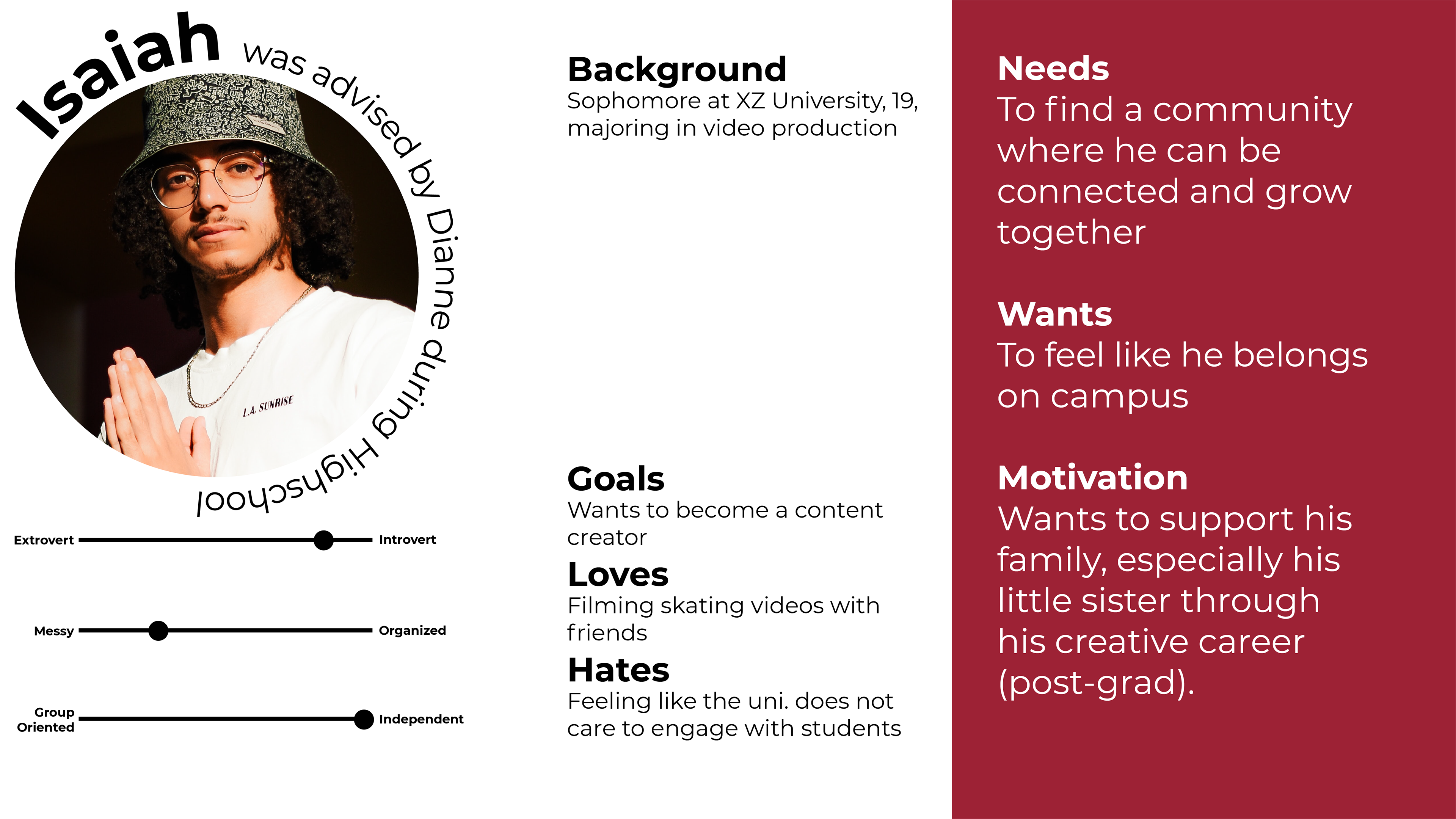


Solution: Helping URM and First Gen students find their community will aid in accessing a support network during their time at Chico State so they feel more connected and supported. Sense of place and belonging are imperative for student retention because when they need support, they may go back home and find it hard to return to campus. Our Find Your Community service would encourage students to become involved in a group on campus, and would give them the motivation to reach out and step out of their comfort zones. We would connect these students to existing programs and help both the program coordinator and the student at the same time. (Most clubs, organizations, and programs suffered low members as a result of low retention rates as well).
Research: We looked over "Enrollment at a Glance" from the Chico State website that showed us First Gen and URM enrollment statistics. Through Angela, we gained additional resources from the Star Center including annual reports and first hand experiences of First Generation and URM students. These reports helped us hone in on our target audiences and create a service that helps them as well as any student who may feel out of place on campus. These findings helped our team gain an understanding of what may be missing on campus and how to connect existing programs to figure out how to make sure students get the most out of their time at Chico State.
Challenges: One of our biggest challenges was in the ideation stage. We didn’t want to only make an app or something of that sort, and we also struggled with the abundance of services that were similar to what we were heading towards for our solution.
Learnings: I learned more about what makes a team successful, the intersectionality that exists in service design, as well as how important each step is and how essential it is to the following step (the Venn diagram led to our onion map; this allowed for the development of our personas which we needed to create our journey maps and the journey maps allowed us to see pain points that we used in order to develop our scenarios and so on!) As each step helped us move forward, we also found ourselves going back and seeing how valuable this iterative process was.
Updated Wire Frames by me
How does the service work?
presentation format
Credits:
Video recorded by Alexis "Lexi" Klimpfinger, edited by Marc Mercado
Photo for persona by Omar Abozeid, Unsplash
Landscape silhouette by Natalie Pedigo, Unsplash
